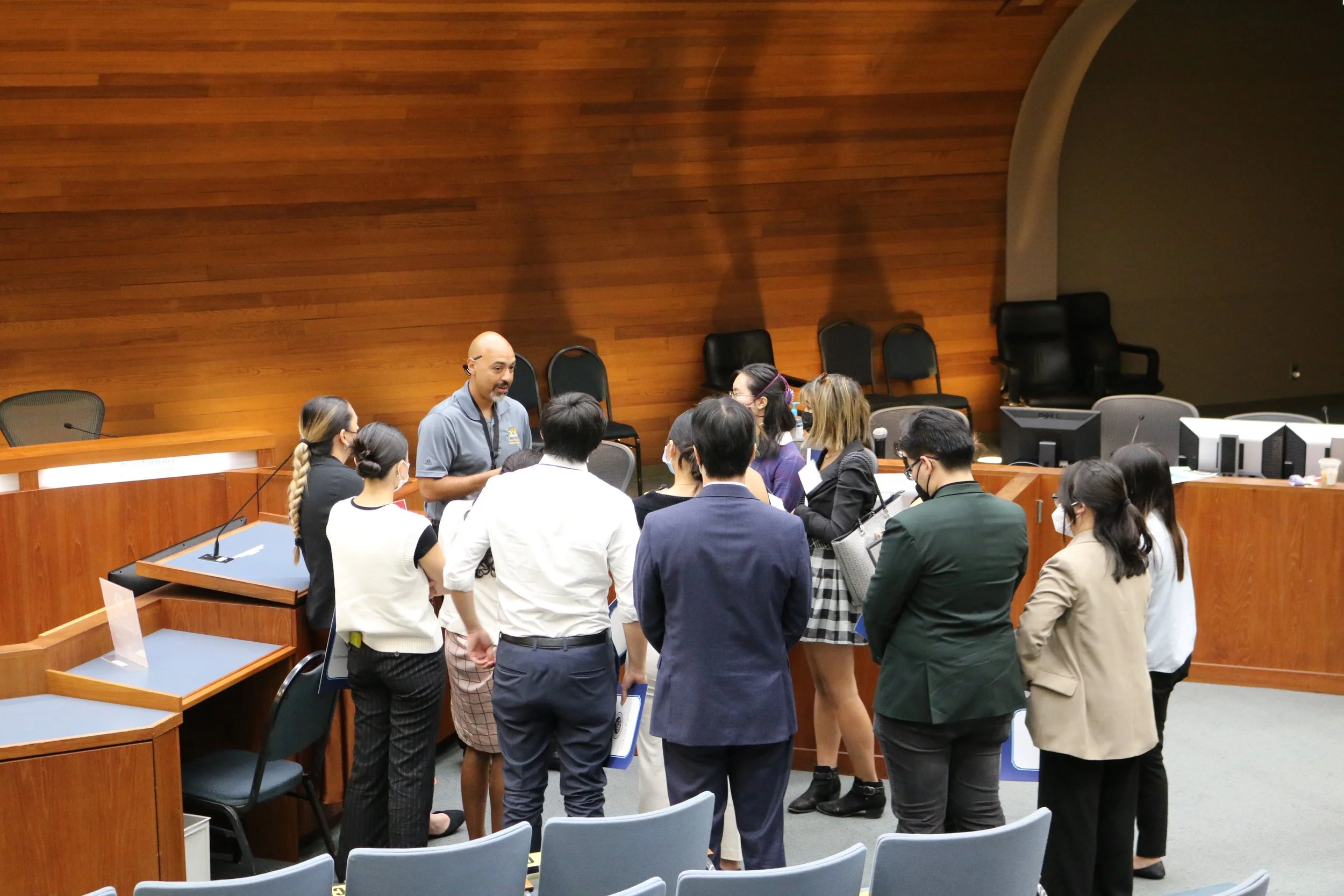Last Friday, the CAUSE interns were given the opportunity to visit the West Covina City Hall, where we met with Councilmembers Brian Tabatabai and Tony Wu, as well as Denaee Amaya, who works in the California State Assembly. I found it to be one of the most insightful events we attended, as hearing them talk on the panel felt as if we were getting a glimpse into their interactions on the council, as we saw Councilmembers Tabatabi and Wu advocate for issues that felt so deeply personal to each of them. We were also able to hear about each person’s background and how they ended up in politics, and I was especially happy to learn that Councilmember Tabatabai is currently teaching ethnic studies in El Monte. As someone who is pursuing a degree in Asian American studies, I am an advocate for expanding ethnic studies departments and also making ethnic studies more accessible outside of higher education institutions. Thus, talking to Councilmember Tabatabai about ethnic studies felt like a breath of fresh air.
It was interesting to learn that many of the West Covina city council members and staff had political platforms that somewhat contrasted my own beliefs, as they brought up the important issue of being able to work with people with opposing viewpoints to reach a mutually agreed-upon decision. One crucial point both councilmembers brought up was that despite their political disagreements, they both chose to run for city council because they wanted to serve their community and improve the lives of the people around them. Therefore, they would be willing to work through their differences and find compromises as they both hoped to reach the same goal: benefitting the people of West Covina.
But as we would see later on our visit to ESGVJCC (East San Gabriel Valley Japanese Community Center), communities are not limited to just one city and its surrounding neighborhoods. We were given a tour by the executive director, Pearl Omiya, and we had the opportunity to visit three classrooms and say hi to many young kids. Pearl noted that families from all over the San Gabriel Valley and Inland Empire would bring their kids to ESGVJCC’s programs, from Pasadena and Alhambra all the way to Pomona and other cities further east. To have access to such a valuable, close-knit Asian American community meant the world to a lot of families in the San Gabriel Valley and beyond, and they would drive long distances in the mornings and afternoons to be able to have their children grow up in one of the few AAPI Community Centers in the surrounding area. On one of our visits to the classroom, we asked the kids what they wanted to be when they were older, and one student—who turned out to be Pearl’s son—said he wanted to be just like his mother, which warmed my heart, given how much Pearl has done for all the students and families she serves. I love that Pearl showed us ways of getting involved with activism through a community-oriented lens, as it sets an example for someone who might want to do advocacy work outside of the political sphere. Seeing the children led me to form reflections of my own; since I am curious to be more active in grassroots organizing and community care, it made me wonder about the kinds of organizations I would like to be involved in.


